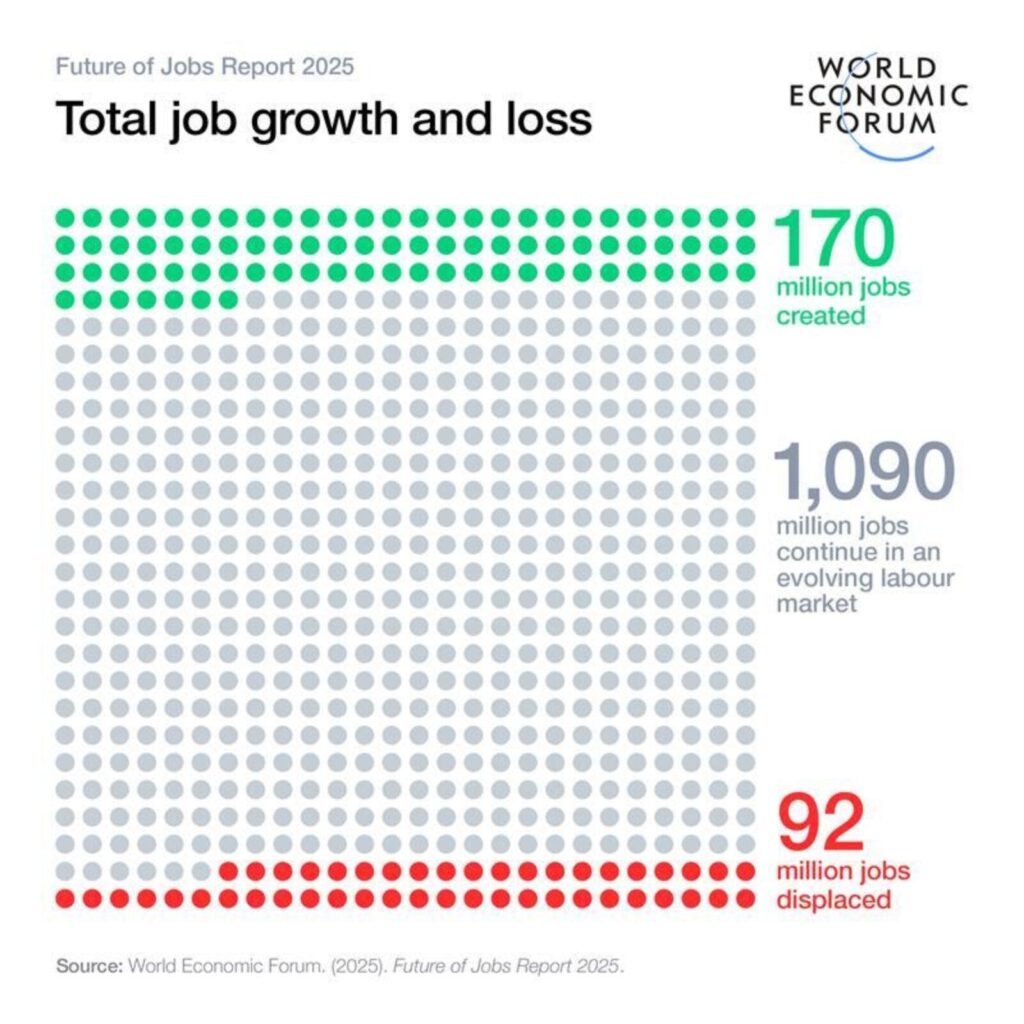In a developing story that could have significant implications for the U.S. economy, recent employment data may signal the early impact of tariffs on American businesses and workers. The latest jobs report, released by the Labor Department, reveals a complex picture of the labor market, with some sectors showing unexpected resilience while others appear to be faltering amid escalating trade tensions. As policymakers and economists sift through the numbers, concerns are mounting that the ongoing trade disputes could heighten economic uncertainty and lead to job losses in vulnerable industries. This article explores the findings of the jobs report, the potential ramifications of rising tariffs, and what it all means for the future of the American workforce.
Impact of Tariffs on Employment Figures Raises Concerns
The recent jobs report has sparked significant discussions surrounding the repercussions of tariffs on employment figures across various sectors. As businesses grapple with rising operational costs, there’s a palpable unease among economists and industry leaders alike. Experts note that while tariffs are intended to bolster domestic manufacturing by diminishing foreign competition, the unintended consequences often lead to job losses, disrupted supply chains, and higher consumer prices. Key concerns include:
- Job Displacement: Workers in industries relying on imported materials may find themselves facing layoffs as companies adjust to increased production costs.
- Sector Vulnerability: Certain sectors, such as automotive and technology, are especially sensitive to tariff hikes, potentially hindering job growth.
- Inflationary Pressures: With increased prices for goods, businesses may cut back on hiring or freeze employment altogether, stalling economic progress.
To further illustrate these dynamics, the following table outlines recent employment trends in high-risk industries affected by tariff fluctuations:
| Industry | Change in Employment (% over past year) | Projected Job Losses (if tariffs increase) |
|---|---|---|
| Manufacturing | -3.5% | 50,000+ |
| Retail | -1.2% | 20,000+ |
| Construction | +2.0% | 5,000 |
This data paints a concerning picture, emphasizing that while tariffs may aim to protect American jobs, the short-term fallout could result in a net loss in employment opportunities, raising critical questions about long-term economic strategy.
Analysis of Sector-Specific Job Losses Indicated by Recent Reports
Recent analyses indicate that specific sectors are experiencing pronounced job losses, reflecting the broader economic effects of proposed tariffs. Industries such as manufacturing, agriculture, and textiles have reported significant declines, as companies brace for increased costs associated with imported materials and retaliatory measures from trade partners. This trend raises concerns about long-term sustainability and competitiveness within these sectors. Notably, the following industries have recorded the most substantial job downturns:
- Manufacturing: A 5% decrease in employment due to rising costs and lower demand.
- Agriculture: A 3% drop, largely attributed to tariffs impacting export markets.
- Textiles: A 4% reduction as companies shift focus to cost-cutting measures.
A closer examination reveals the potential ripple effects of these job losses. Economists warn that the financial strain on affected sectors could precipitate broader economic challenges. For instance, regions heavily reliant on these industries may see consumer spending decline, ultimately impacting local businesses and services. The following table summarizes the percentage of job losses across key sectors:
| Sector | Percentage Job Loss |
|---|---|
| Manufacturing | 5% |
| Agriculture | 3% |
| Textiles | 4% |
This nuanced situation necessitates ongoing monitoring to fully understand the potential long-term consequences on employment trends and economic stability in the U.S. As tariffs loom larger, the vulnerability of these sectors will continue to be of critical concern to policymakers and industry leaders alike.
Policy Recommendations for Mitigating Tariff-Related Economic Risks
To address the economic challenges posed by tariffs, a multi-faceted approach is essential. Policymakers should consider implementing adaptive trade policies that can be adjusted based on real-time economic data, allowing for quick responses to shifts in the global market. Furthermore, establishing trade adjustment assistance programs can help workers transition into new jobs in sectors less affected by tariff impositions. This support may include vocational training, job placement services, and temporary financial assistance to mitigate the impact on families. Crucially, fostering collaboration between industries and government agencies will promote a unified front in tackling the economic fallout from tariffs.
Additionally, promoting free trade agreements with allied nations could alleviate some economic pressures resulting from current tariff structures. A focused effort to improve domestic production incentives would reduce dependency on imports, thereby lessening the impact of foreign tariffs. Reinvesting in infrastructure projects that enhance local manufacturing capabilities can create a more resilient economy equipped to navigate tariffs effectively. To assess the viability of such measures, regular economic impact assessments should be conducted to ensure that policies evolve in alignment with the fast-paced global trade environment.
In Conclusion
the latest jobs report serves as a pivotal indicator of the potential economic ramifications stemming from ongoing tariff policies. As industries grapple with rising costs and shifting market dynamics, the implications on employment figures cannot be overstated. Experts warn that if these trends continue, workers across various sectors may face uncertainty, prompting both businesses and policymakers to reconsider the balance between trade protectionism and economic growth. As we move forward, it will be crucial to monitor how these tariffs shape not only the labor market but also the broader U.S. economy. Stakeholders will need to remain vigilant as the interplay between trade policies and job security unfolds, shaping the landscape for American workers in the months to come.
